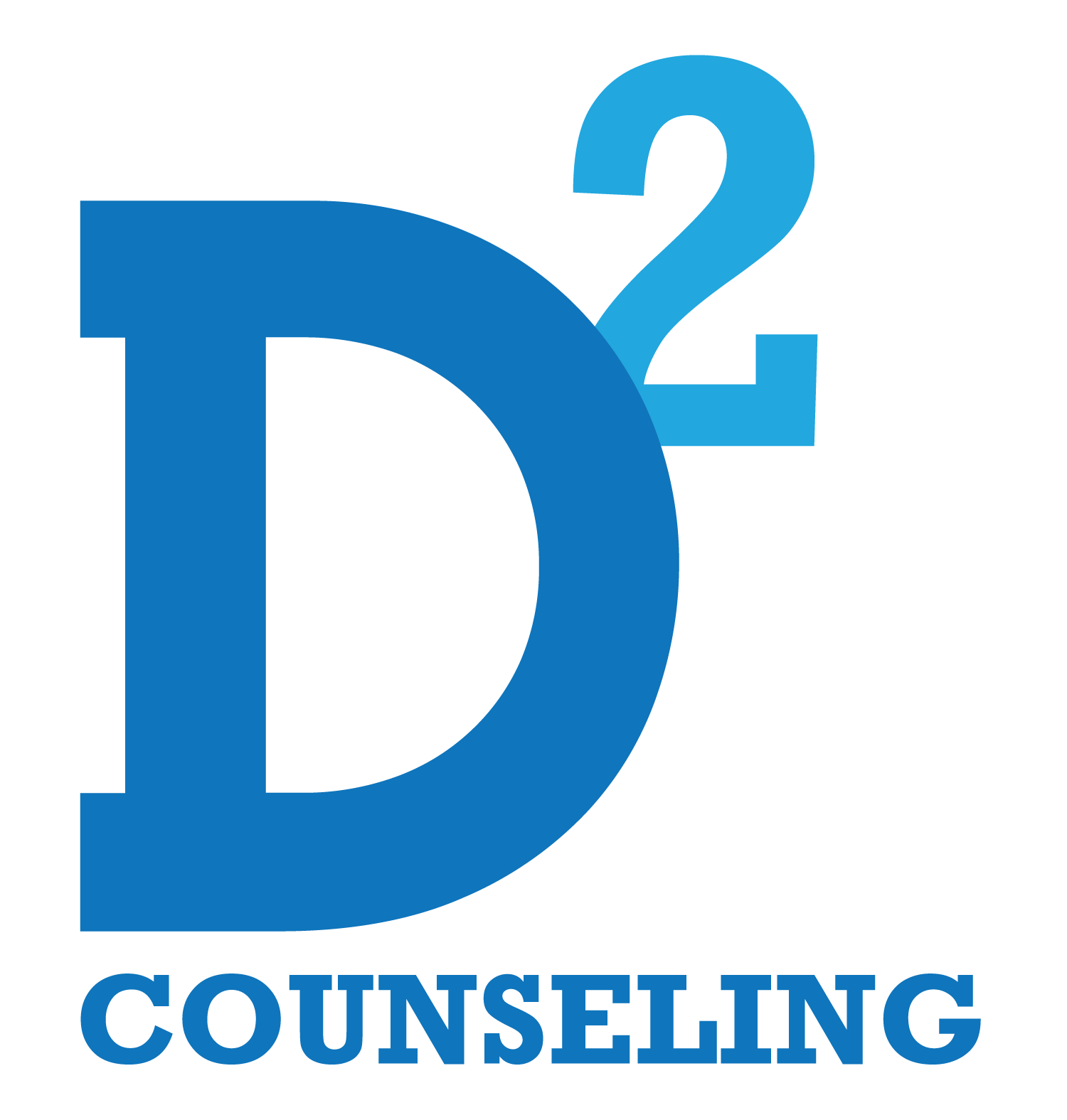My counseling practice is hosted by a faith- based organization and many clients come in who are trying to manage or begin to understand the disease of alcoholism. The concept of a family disease is usually foreign to them by name, but when we begin to consider behaviors within the family system, the client can usually begin to recognize the pervasiveness of this disease. Given where the practice stands, we usually end up discussing the morality of alcoholism amidst the struggle of family members who are trying to “make the alcoholic quit” or at least modify the other person’s behavior. I explore this desire by encouraging the family members to consider that the alcoholic is a sick person trying to get well, rather than a bad person trying to get good.
Al-Anon is a useful resource for the family members (and friends) to go and explore how they participate in this system, or family disease. We are hopeful about getting the alcoholic to modify their behavior, but I challenge these family members to consider that they need to begin to look at where they can change their own behavior and perspective. I am careful at this point to explain that this is not about blame, but rather seeing the system from third person, and under- standing that they need to be willing to work on their own behaviors. We accept that alcoholism is a family disease, and members of the family must show willingness to address this disease if they plan to ask the alcoholic to address the dis- ease. My rule for members of an alcoholic system is that you don’t put more effort into the alcoholic’s recovery than the alcoholic will. But, conversely, everyone must be willing to begin to work on his or her own stuff. Al-Anon is the first place I send clients to help them begin to understand this principle of participation in the system. In counseling jargon, they are invited to understand their own level of self-differentiation within the family. In addition, the principles of Al-Anon promote higher levels of this self- differentiation. A simple example of this is when a member learns and internalizes that they do not have the power to “cause” someone else’s alco- holism. To learn that they cannot “control” or “cure” the disease allows the individual to begin to consider where their level of control is, and how they might engage the alcoholic differently- perhaps even to “detach with love.” (When this is internalized, the family member usually fully grasps the usefulness and challenges found within the Serenity Prayer).
Alcoholism is a family disease, and as such, must be treated within the entire family. The drinking is but a symptom of the problem. Otherwise, abstinence from alcohol would eliminate all problems. Usually not the case. Attendance at Al-Anon is the fastest way I can get clients to engage in a healthy fashion with this disease. I point out that to resist treating their role in the system is no different than the alcoholic refusing to quit drinking. I am convinced that the number one feature of this disease is denial. This is true for both the alcoholic and the al-anon. Solution focus within the meetings and for the participants moves the clients to a place where they gain some relief, begin to grow, and move them to deal with their own situation productively.



